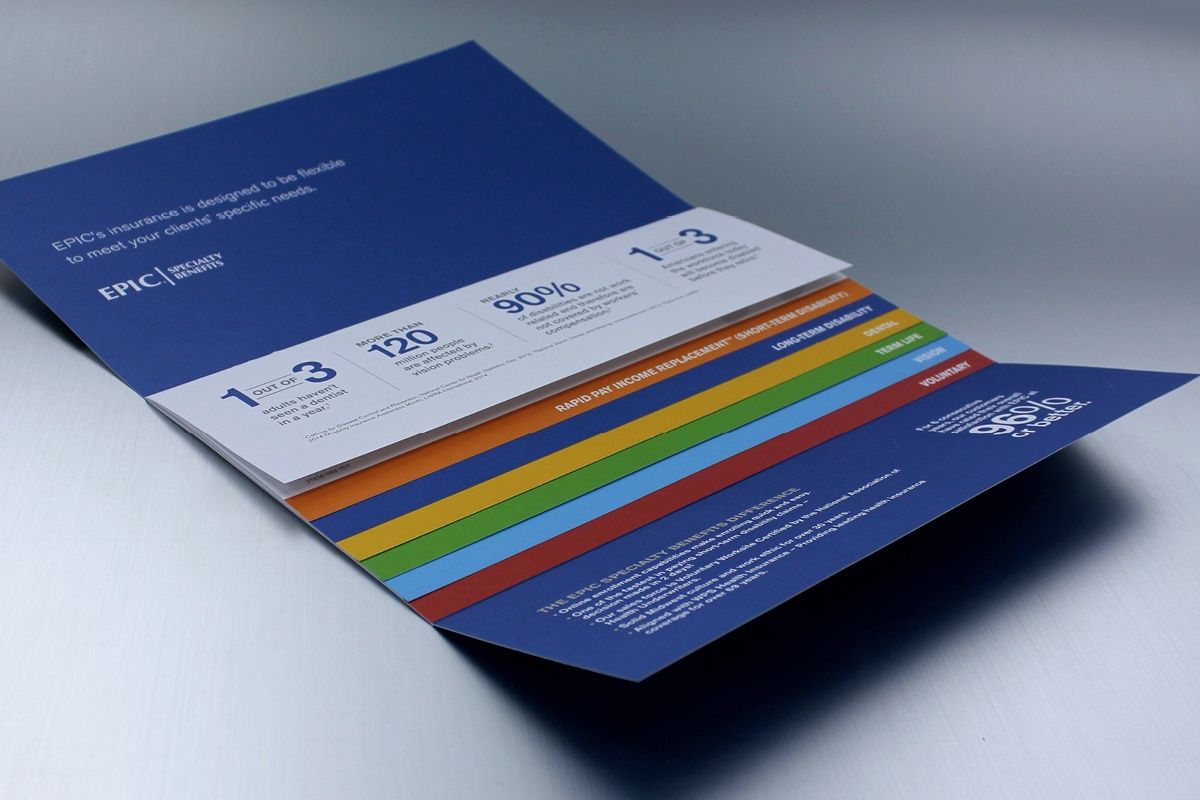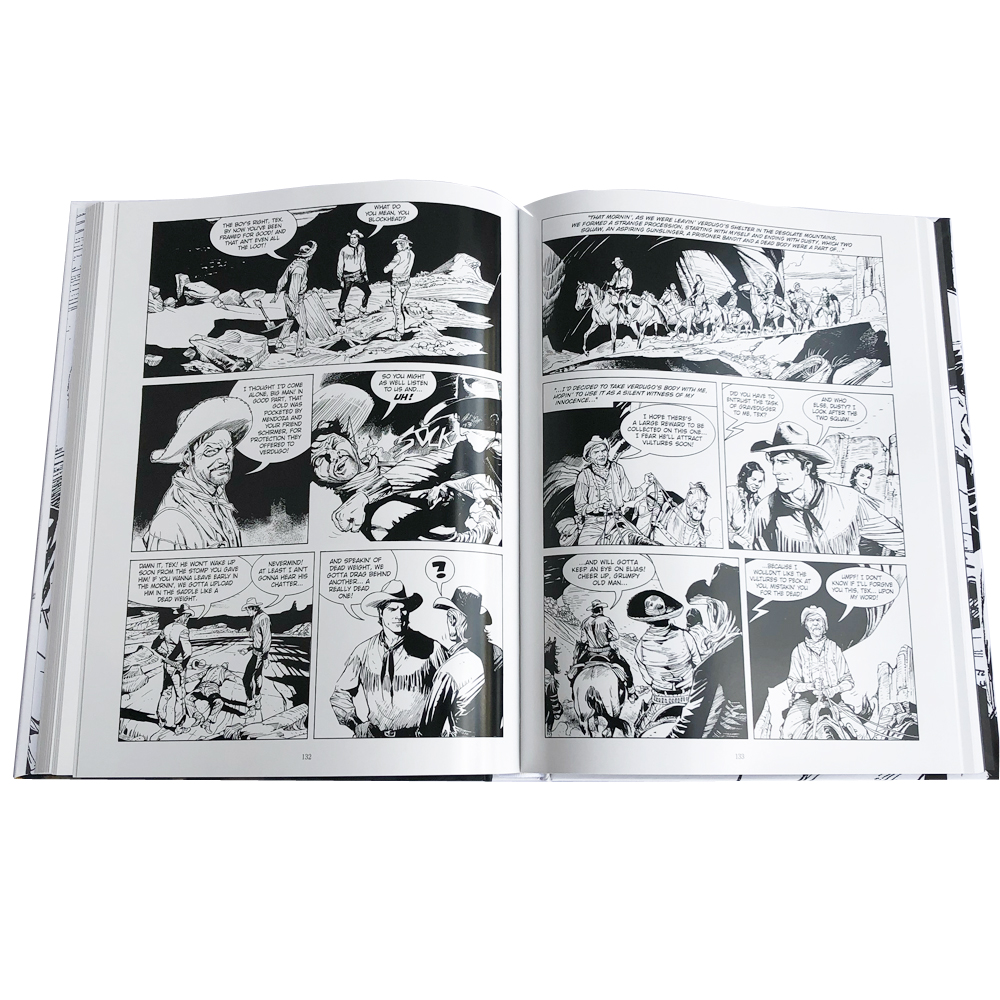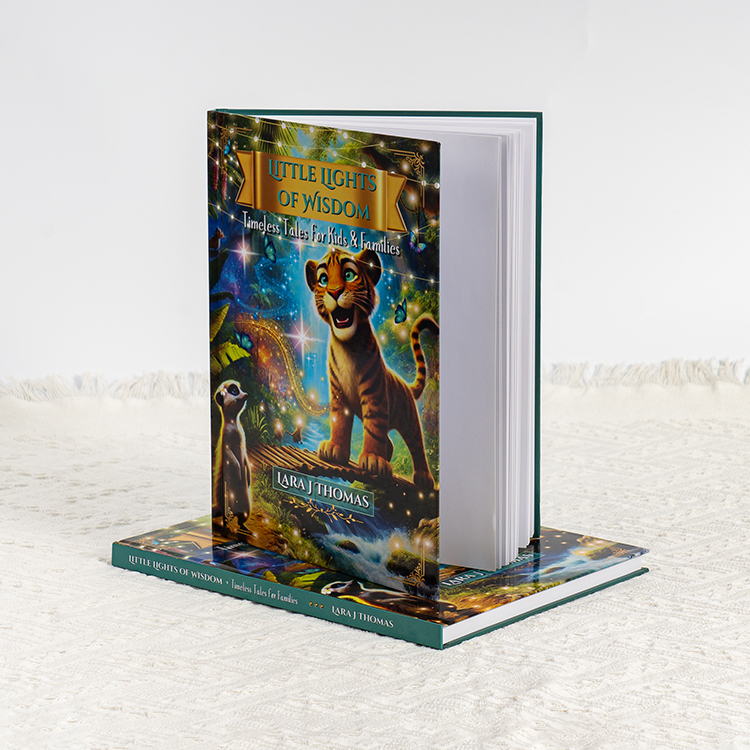- Pradžia
- Dienoraštis
- Kaip sukurti savo komiksų knygą?
How To Create Your Own Comic Book
Creating and printing a comic book is an exciting yet intricate journey that combines storytelling, illustration, and publishing skills. Whether you’re a novice comic creator eager to publish your first work or a seasoned artist refining your skills, understanding the entire process of comic book printing is essential for a successful publication. This guide offers a comprehensive look into every step—from crafting your story and characters to preparing files for print and choosing the right publishing path.
At books printing, we’re dedicated to helping creators bring their comics to life with high-quality printing solutions. Let’s dive into the details that will guide you from concept to print.
Turinys
Building a Captivating Story and Memorable Characters
A successful comic book begins with a compelling story and characters that resonate with readers. This foundational step is crucial to developing a comic that captures attention and leaves a lasting impact.
Brainstorming Unique Ideas
Start by jotting down various concepts, themes, or messages you want to convey. Consider what excites you or what types of stories you’re passionate about telling. Whether it’s a superhero adventure or an introspective slice-of-life tale, let your creativity flow without limitations. Take inspiration from books, movies, or personal experiences. Remember, even the most unexpected ideas can lead to remarkable stories.
Crafting an Engaging Story Arc
A well-developed story arc keeps readers hooked from start to finish. Break down your story into a structured arc with a beginning, middle, and end. Outline major plot points and ensure each character’s journey has significance. Use tried-and-true structures, like the three-act model (setup, confrontation, resolution), to organize your story. A balanced narrative that includes action, dialogue, and character growth will maintain engagement and momentum throughout.
Designing Distinctive Characters
Characters are the essence of your comic. Invest time in designing personalities that are visually unique and emotionally engaging. Consider each character’s background, motivations, strengths, and flaws. Develop character profiles with physical descriptions, personality traits, and relationships. Small quirks or unique traits can make characters stand out. Plan how each character evolves over the story to enhance the depth of your narrative.
Writing a Cohesive Comic Script
A well-crafted script serves as the blueprint for your comic, directing both the story flow and the visual elements.
Understanding Comic Script Format
Comic book scripts have a specific format that combines dialogue, narration, and visual cues. Familiarize yourself with this structure to ensure clarity. A script typically breaks down each page into panels, detailing settings, actions, and character placements. Including specific instructions on mood and tone helps artists bring your vision to life accurately.
Crafting Dynamic Dialogue
Dialogue in comics should be concise, natural, and purposeful. It should reveal character traits, advance the plot, and engage the reader. Avoid lengthy monologues and opt for snappy exchanges. Read your dialogue aloud to ensure it flows naturally. Well-crafted dialogue can add humor, tension, or emotion, deepening the reader’s connection with the story.
Pacing and Panel Layout
Pacing controls the rhythm of your story, with the number and size of panels influencing how scenes unfold. Experiment with panel layouts to create different effects. For example, large panels emphasize key moments, while smaller ones convey urgency. A well-paced comic alternates between action and quieter moments, providing a balanced narrative that keeps readers engaged.
Creating Artwork That Brings Your Story to Life
The visual aspect is at the heart of any comic book. Choose an art style and medium that align with your story and appeal to your target audience.
Selecting an Art Style and Medium
Comic art ranges from digital illustrations to traditional pen and ink or watercolor. Experiment to find a style that best represents your vision. Consistency is key for a professional look. Consider how colors, shading, and line work can enhance your comic’s mood. Your chosen style should complement the themes and emotions of your story.
Thumbnailing and Sketching
Thumbnail sketches provide a rough layout of each page, helping you plan composition and flow. Refine these thumbnails into detailed sketches, focusing on characters, backgrounds, and panel arrangements. Thumbnailing allows you to experiment with layouts before committing to a final design, ensuring each page effectively conveys the story.
Inking and Coloring
Inking adds depth and sharpness to your sketches, giving your artwork a polished look. After inking, coloring brings vibrancy and emotion to your comic. Choose a color palette that enhances the atmosphere. Inking and coloring are crucial steps that make your comic visually captivating and ready for print.
Preparing Your Comic for Printing
The final stages of comic book creation involve assembling your work and preparing files for printing.
Choosing the Right Format and Size
Comic books come in various sizes. Consider your target audience and the format they prefer. books printing offers popular sizes like US Standard (6.69” x 10.24”) and Standard Manga (5” x 7.52”). The chosen size impacts layout and presentation, so select one that best showcases your artwork and aligns with industry standards.
Ensuring Proper File Preparation
Preparing files correctly ensures a professional print outcome. Key elements include:
- Bleed: Adding bleed prevents essential parts of your artwork from being cut off during trimming.
- High Resolution: Set files to 300 dpi for sharp, clear images.
- Correct Formatting: Ensure files are formatted for the printer’s specifications to achieve a high-quality result.
- CMYK Color Mode: Using CMYK (Cyan, Magenta, Yellow, Black) ensures accurate color reproduction in print.
Books printing provides free templates through the Instant Price Calculator, helping you align your designs accurately. Alternatively, use our online design tool for preset print guidelines.
Self-Publishing vs. Traditional Publishing for Comic Creators
Deciding between self-publishing and traditional publishing is an important step for comic creators. Both options offer unique advantages.
Benefits of Self-Publishing
Self-publishing provides full creative control and a higher profit margin. However, it requires handling all tasks, including editing, design, and marketing. Print-on-demand (POD) services, like books printing’s PrintLink, enable creators to produce comics with minimal upfront costs. POD is ideal for managing inventory and allows eco-friendly distribution as books are only printed when ordered.
Advantages of Traditional Publishing
Traditional publishing offers broader distribution and professional support but involves relinquishing some creative control and sharing profits. It’s suited for those seeking greater exposure and industry resources. Decide based on your goals and resources. books printing supports both pathways, ensuring high-quality prints regardless of your chosen route.
Resources for Aspiring Comic Creators
Comic book creation is a journey best undertaken with the support of a community. Here are some valuable resources for learning and connecting with fellow creators:
- The Etherington Brothers: Known for their successful Kickstarter art books, they offer a wealth of tutorials and resources.
- Mary Landro: A comic artist who shares tutorials on comic book printing and other helpful videos on YouTube.
- Grace Ezzati: Creator of insightful tutorials on taking comic book ideas from concept to professional print.
Building a network and accessing resources can provide guidance, feedback, and inspiration as you grow as a comic creator.
Additional Tips for Successful Comic Book Printing
Marketing Your Comic Book
A well-crafted comic deserves an audience. Build an online presence through a website and social media to engage with readers. Share teasers, behind-the-scenes insights, and updates to generate excitement before your comic’s release. Encourage reviews and testimonials to attract more readers.
Exploring Funding Options
Consider crowdfunding platforms like Kickstarter to fund your project. Many comic creators successfully raise funds to cover printing and marketing costs. Crowdfunding also helps gauge interest in your project and build an early fan base.
Conclusion: Start Your Comic Printing Journey with books printing
Creating a comic book is a rewarding process that blends imagination, skill, and hard work. From initial concept to the printed page, every step is an opportunity to bring your vision to life. At books printing, we’re committed to supporting your creative journey with top-quality printing services, whether you’re printing a one-off issue or a full series.
Ready to start printing your comic? Visit books printing’s Comic Books page to explore our services. You can also browse the books printing Blog and Support sections for more helpful insights on printing and publishing.
DUK
1. What’s the best size for printing comic books?
Popular sizes include US Standard (6.69” x 10.24”) and Standard Manga (5” x 7.52”). Choose a size that fits your target audience’s preferences and complements your artwork.
2. How do I prepare files for comic book printing?
Set your files to 300 dpi, use CMYK color mode, and add bleed to avoid content loss during trimming. books printing provides templates to help with accurate file setup.
3. Should I self-publish or go with a traditional publisher?
Self-publishing offers control and higher profits but requires more work. Traditional publishing provides professional support and broader distribution but involves profit sharing.
Knygų spausdinimas
Nauji produktai
Paskutinis dienoraštis

Kiek kainuoja išspausdinti knygą kietu viršeliu?
Svarstydami, kiek kainuoja knygos kietais viršeliais spausdinimas, daugelis autorių ir leidėjų susiduria su iššūkiu suderinti kokybę ir prieinamumą.

Kokio tipo popierius naudojamas knygoms spausdinti?
Jei nerite į savarankišką leidybą, vienas iš jūsų pagrindinių rūpesčių bus ekonomiškų knygų spausdinimo galimybių paieška

Kokia yra spausdintų knygų paskirtis?
Kuriant vaikišką knygą svarbus kiekvienas elementas, ypač popieriaus pasirinkimas. Tinkamo tipo popieriaus pasirinkimas gali pagerinti knygos išvaizdą,

Kiek kainuoja sukurti kavos staliuko knygą?
Kavos stalo knygos kūrimas yra jaudinantis ir kūrybingas darbas, tačiau vienas iš pirmųjų klausimų, kylančių: kiek kainuoja sukurti kavos stalo knygą?
Susisiekite su mumis
- +86 13946584521
- info@booksprinting.net
- 8.00–22.00 (pirm.–sek.)
komentarai
Susijęs dienoraštis
Raskite naujausias tendencijas ir bendras žinias knygų spausdinimo versle.

7 įtikinami profesionalių knygų spausdinimo paslaugų pranašumai
Literatūros pasaulyje knygos gamybos kokybė gali labai paveikti jos sėkmę

Kiek kainuoja atspausdinti 100 puslapių knygą?
Spausdinant knygą, ypač 100 puslapių knygą, atsižvelgiama į įvairius veiksnius, kurie gali turėti įtakos bendroms išlaidoms. Nesvarbu, ar esate autorius, norintis leisti savarankiškai, verslas, siekiantis spausdinti reklaminę medžiagą

Kodėl bukletų spausdinimas tebėra galingas rinkodaros įrankis jūsų verslui
Nuolat besivystančiame skaitmeninės rinkodaros ir technologijų pažangos pasaulyje gali atrodyti, kad tradiciniai rinkodaros metodai, tokie kaip brošiūrų spausdinimas, praranda savo aktualumą.

Kaip sukurti puikų knygos viršelį kietu viršeliu
Leidybos pasaulyje knygos kietais viršeliais yra kur kas daugiau nei tik apsauginis sluoksnis – tai dinamiškas pasakojimo įrenginys.





